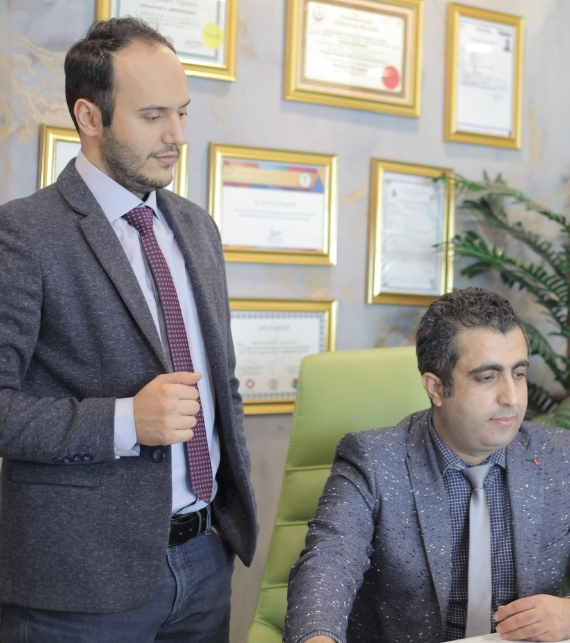
With a single surgery; Minimum 6 cm, average 7 cm, maximum 8-10 cm lengthening can be achieved. If you have a flexible structure, it can be considered as 9-10 cm. As the amount of lengthening increases, the tension in the muscles and ligaments increases. Decisions are made by applying the necessary exercises and rehabilitation protocol to ensure that the process is within safe limits.
The most preferred method in recent years is the combined (LON) method. As with classical methods, the device doesn’t stay on your leg for a long time and is more advantageous in terms of price. Lengthening is achieved with an intramedullary nail placed in the bone and an external device applied. The patient gets rid of the device in 2-3 months. Another advantage of the LON method is that the patient can walk with crutches after the surgery. With the intramedullary nail (Precice) method, lengthening is achieved with a nail applied completely into the bone. It is the most comfortable and most expensive method. This method doesn’t require any external device. Its disadvantage is that it is expensive and the patient needs to be mobilized with a wheelchair as the nail can’t bear the full load during the lengthening process.
Lengthening process begins on the 5th-7th day after the surgery. Extension of 1 mm per day can be achieved. The duration will vary depending on the targeted amount of extension. The full recovery process is completed in a time equal to the amount of lengthening in months. In other words, a treatment period of 6 months should be calculated to achieve 6 cm of lengthen.
When lengthening is performed with the combined (LON) method, the patient can walk with the help of crutches the day after the surgery. Walking without support can be achieved once the lengthening process is completed. In the lengthening process with the Precice method, the patient must use a wheelchair because he can’t bear weight on his leg during the lengthening process.
Limb Lengthening Surgery can be performed on people between the ages of 18-55. The individual's growth plates must be closed, the bone quality is appropriate, and there should be no chronic disease that could prevent surgery.
No matter what technique is used for lengthening surgeries, they are all performed according to the principles of distraction osteogenesis. In this technique, the ideal lengthening is 1 mm per day. Further lengthening may cause negative complications, especially nerve paralysis. It would be risky to perform the lengthening procedure from both the femur and the tibia at the same time. It will be safe for the patient to first lengthen the femur and then the tibia.
The full recovery process is completed in a time equal to the amount of lengthening in months. In other words, a treatment period of 6 months should be calculated for 6 cm lengthen. After this process is completed, it will be appropriate to gradually return to sports.
Until the lengthening surgery and subsequent lengthening process is completed, the patient must be closely monitored with daily exercises, rehabilitation program and x-ray checks to be performed at certain periods. You can safely return home 10 days after the extension process is completed. At the request of our patients, if he/she wants to return to his country after the surgery; After undergoing Limb Lengthening surgery, the patient can return home after staying in hospital for 5-7 days and continue the procedure from their own country. Those who stay far away can have check-ups and send the results and images via WhatsApp for doctor evaluation.
Apart from the risks of anesthesia and surgery that can be seen in all surgeries, vascular clots (embolism), infection, joint stiffness, pain due to nerve strains are among possible complications, albeit at very low rates. In order to avoid complications during and after the surgery, patients should stop using alcohol and smoking.